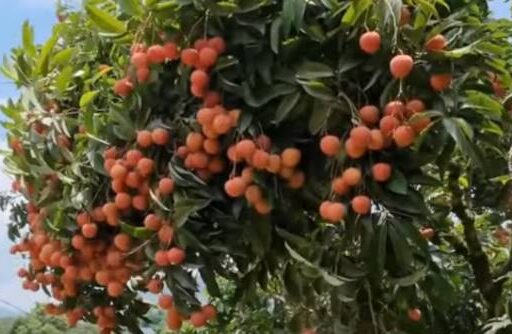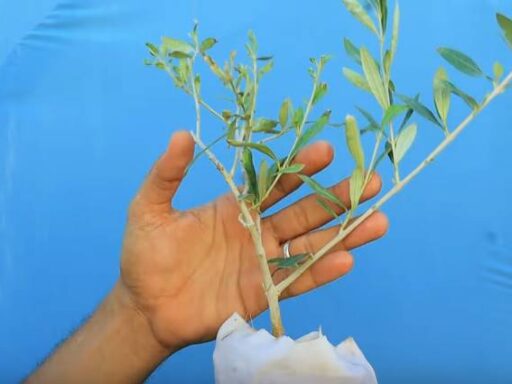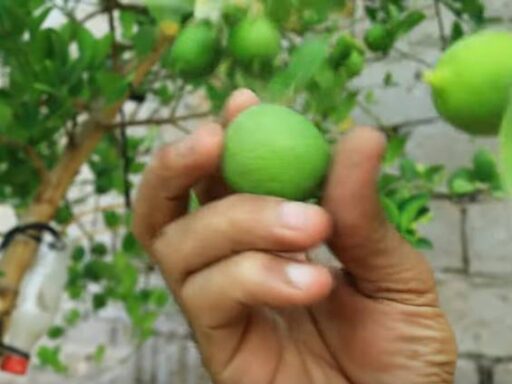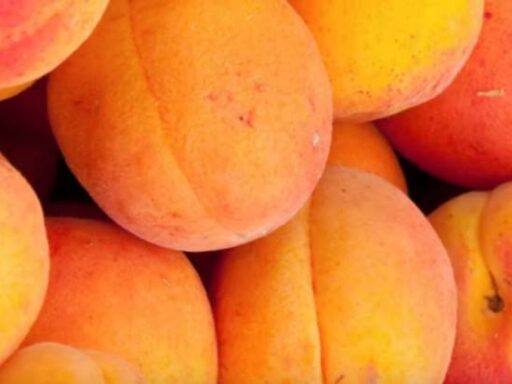As we approach the end of summer, this is the perfect time for planting avocado seeds. Avocado trees thrive in warm temperatures, making July, August, and September the ideal months for planting. Once the seeds are planted, the next step is grafting, which should be done after two months to ensure the tree bears fruit in the following year.
Choosing the Right Avocado
When selecting an avocado, it’s important to pick one that is ripe and large. Larger avocados tend to have bigger seeds, which increases the chances of successful growth. Once you have chosen the right avocado, you can start planting it.
Best Planting Methods
While some people choose to grow avocado seeds in water, this method can delay sprouting and lead to weaker growth. This is because when roots develop in water, they adjust to that environment, and when transferred to soil, they may experience shock, leading to failure.
For best results, plant the seed directly in soil. Make sure the pointed end of the seed is facing downward, and the rough end is facing upward. Place the seed in a shaded area, away from direct sunlight but in a well-lit space.
Early Signs of Growth
After around 20 days, you should notice the seed beginning to crack open. This is a positive sign, indicating that the seed is sprouting. Tiny shoots will start emerging from the seed, marking the start of the avocado plant’s growth process. During this stage, it is essential to water the plant sparingly. The soil should remain moist but not overly wet.
At this point, avoid using fertilizers since the roots have not fully developed yet. Initially, you’ll notice only the leaves and branches forming, with roots emerging later.
Watering Tips
When watering, be careful to avoid getting water on the new leaves. Excessive moisture on the leaves can cause wilting, so it’s better to water the soil from a distance. As the plant grows, you’ll see clear progress, with shoots becoming more visible and the seed splitting open to allow more growth.
Grafting the Avocado Tree
After about a month, the tree will be ready for grafting. Grafting is essential for avocado trees because, without it, the tree will take a long time to bear fruit and may not produce high-quality avocados. You can graft the tree at any point, even if it’s 20 years old. Grafting helps speed up the fruiting process and ensures that the tree produces quality fruit.
Ensuring Grafting Success
To ensure successful grafting, wrap the grafting point tightly to prevent air and moisture from entering. This is important because exposure to air or moisture can cause the graft to fail. If the graft stays green for seven days, you’ll know it’s successful. However, if it starts to turn black or dry out, the graft has failed, and you’ll need to redo it.
Once the grafting is successful, the new shoots will grow into branches and eventually lead to fruit production. This method is the most reliable way to grow an avocado tree that will bear fruit within the next year.
Conclusion
Growing an avocado tree is a straightforward process that can yield delicious results within a year. By following the right steps, including choosing the right time for planting, watering carefully, and grafting correctly, you can ensure that your avocado tree grows successfully. If you have any questions or need further guidance, feel free to reach out.





